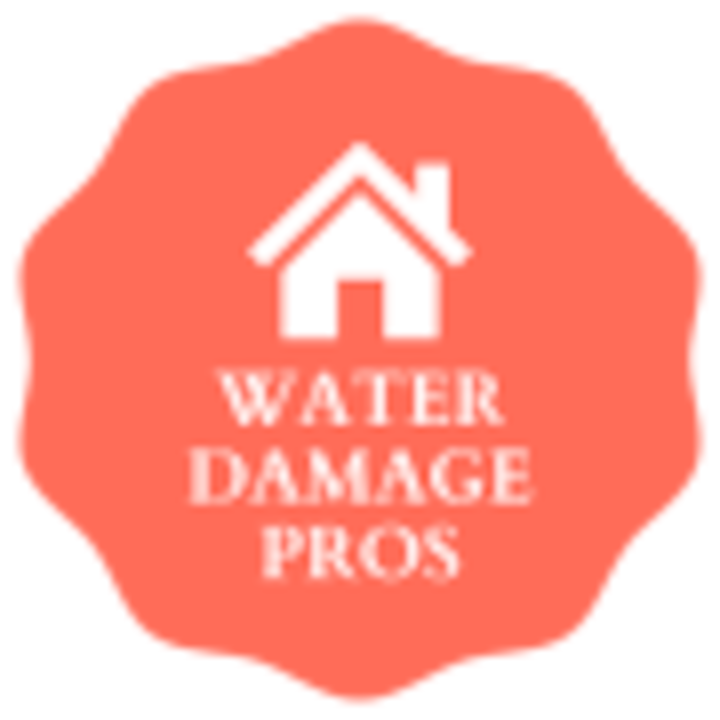Considerations For Drying Techniques In Commercial Water Damage Restoration In Boulder, CO
Are you a business owner in Boulder, CO who has recently experienced water damage in your commercial space? If so, it's crucial to understand the considerations for drying techniques in water damage restoration. Whether it's a burst pipe, a flood, or a leaky roof, water damage can wreak havoc on your business and disrupt your operations. But don't worry, we're here to help you navigate through this challenging situation. In this article, we will guide you through the essential factors to consider when it comes to drying techniques in commercial water damage restoration. We'll start by assessing the extent of the water damage and understanding the type of water contamination you're dealing with. Next, we'll delve into the size and layout of your commercial space, as well as evaluate the structural materials and contents affected by the water damage. Finally, we'll discuss selecting the appropriate drying equipment and techniques to restore your commercial space efficiently. By following these considerations, you'll be on your way to restoring your business to its pre-damage condition. Don't let water damage hold you back - let's get started on your journey to recovery.Assessing the Extent of Water Damage
When assessing the extent of water damage, it's important to visually inspect all affected areas for signs of moisture and determine the scope of restoration needed. Start by looking for obvious signs such as wet carpets, soaked drywall, or standing water. However, don't overlook less visible areas like behind cabinets or under flooring. Moisture meters can be used to measure the extent of saturation and identify areas that may require further attention. Additionally, consider the time the water has been present and the type of water involved, as this can impact the level of damage and the necessary restoration process. By thoroughly assessing the extent of water damage, you can ensure that the appropriate drying techniques are implemented and the affected areas are restored to their pre-loss condition.Understanding the Type of Water Contamination
To effectively address water damage in Boulder, you need to understand the level of water contamination present. This is crucial in determining the appropriate drying techniques and necessary safety precautions. Water contamination can be classified into three categories: clean water, gray water, and black water. Clean water comes from a clean source, such as a broken pipe or rainwater. Gray water may contain some contaminants and can come from sources like dishwashers or washing machines. Black water is highly contaminated and poses serious health risks. It can come from sewage backups or flooding. Identifying the type of water contamination is essential for ensuring the safety of restoration workers and occupants of the affected space. It also helps in selecting the most effective cleaning and sanitizing methods to restore the affected area to a safe and habitable condition.Considering the Size and Layout of the Commercial Space
Taking into account the size and layout of your commercial space will help determine the best approach for addressing water damage. It is important to consider these factors as they can greatly impact the effectiveness of the drying techniques used. If your commercial space is large with multiple rooms or levels, it may require a more extensive drying process. In such cases, it might be necessary to use specialized equipment such as high-powered air movers and dehumidifiers strategically placed throughout the space to ensure thorough drying. Additionally, the layout of your space can affect the airflow and circulation, which can impact the drying process. By considering the size and layout of your commercial space, you can ensure that the drying techniques implemented are tailored to effectively address the water damage and restore your space to its pre-damaged condition.Evaluating the Structural Materials and Contents
Assessing the structural materials and contents of your commercial space will provide valuable insight into the extent of the water damage and enable you to develop a comprehensive restoration plan. It is crucial to thoroughly evaluate the condition of the building materials, such as drywall, flooring, and insulation. Look for signs of water saturation, warping, or mold growth, as these indicate significant damage. Additionally, assess the state of your contents, including furniture, equipment, and inventory. Pay close attention to items that are sensitive to moisture, such as electronics or documents, as they may require specialized drying techniques. By conducting a thorough evaluation, you can determine the appropriate drying methods and equipment needed for each specific material and content. This will ensure an efficient and effective restoration process, minimizing further damage and promoting a safe and healthy environment for your business operations.Selecting the Appropriate Drying Equipment and Techniques
When selecting the right drying equipment and techniques, it's important to choose methods that will efficiently and effectively restore your commercial space after water damage. You want to ensure that the drying process is thorough and minimizes any further damage or potential risks. One important consideration is the size and layout of your space. Different areas may require different types of equipment, such as dehumidifiers, air movers, or specialty drying systems. It's also crucial to consider the specific materials and contents that were affected by the water damage. Some materials may require specialized drying techniques, such as injection drying or heat drying. Additionally, the severity of the water damage will also impact the selection of drying equipment and techniques. By carefully evaluating these factors, you can choose the appropriate equipment and techniques that will effectively restore your commercial space and prevent future issues.Get in Touch Today!
We want to hear from you about your water damage needs. No water damage problem in Boulder is too big or too small for our experienced team! Call us or fill out our form today!
